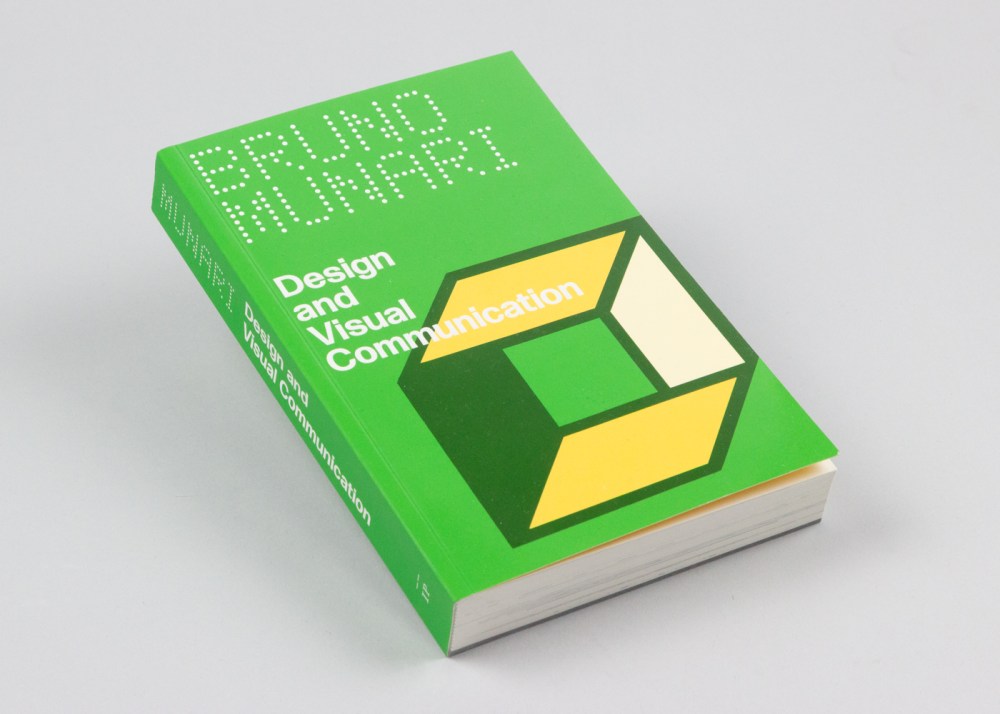Bruno Munari (1907–1998) was the sum of many parts. He was a second-generation Futurist painter; an advertising and editorial illustrator; a children’s book author; a product, interior and furniture designer; a theorist, a historian, a teacher, a thinker and an instigator. His many books for kids are filled with inventive and interactive energy, and are inspiring for all ages. In addition to telling stories, his work would often explain how various phenomena were conceived and produced. His mastery of paper engineering, for instance, raised a bar for creative production. Dozens of his books have been republished by Corraini Editions in multiple languages over the years—and now, at last, the first-ever English translation of Munari’s Design and Visual Communication (Design e Comunicazione Visiva, 1968) has just been published by Inventory Press.
All images courtesy of Inventory Press.
Design and Visual Communication is an essential guide to wedding design education and everyday life. Munari had served as visiting professor at Harvard’s Carpenter Center, and this book is comprised of 50 lessons and class materials that describe life in America. It is a book about the future of art, architecture and design, and is conceived as a living volume intended “as inspiration to current and future designers to push beyond the past, however recent, and develop new tools to see and understand tomorrow’s world,” write the editors at Inventory Press (which holds the rights for Munari’s English editions).
Working closely with professor and Munari scholar Jeffrey Schnapp, this is the publisher’s second English translation of Munari’s seminal texts after the success of Fantasy last year (originally Fantasia, 1977).
In an era when AI has become a hot potato in design education, this singular investigation and guide brings together conventional and “advanced” values, what Munari refers to as rear-guard Avant Garde research. About the latter, he wrote, “The difference between Avant Gardism and research is that the former is subjective and the latter propelled forward by technical considerations.” The latter’s point of departure, he adds, “is the pursuit of expressive efficacy from the standpoint of visual communication, irrespective of informational content of aesthetic canons, whether past or future.”
Munari’s books always stimulate the intellectual processes. He covers patterns, textures, forms and a panoply of ingredients in every design, not in a schematic fashion but with intuition and through surprise. What a gift to have been among his Harvard students—now re-gifted in this invaluably timeless series of visual and tactile observations. Through random and deliberate juxtapositions, Munari formulates languages and methods of design that serve any purpose (or no purpose at all). Designed in a paperback (pocket-sized) format, the black-and-white images, including drawings by Munari, create an inspiring experience that is accessible and functional—two of Munari’s favorite design outcomes.
The post The Daily Heller: Eternal Lessons for Life as Designer, Thinker and Teacher appeared first on PRINT Magazine.

